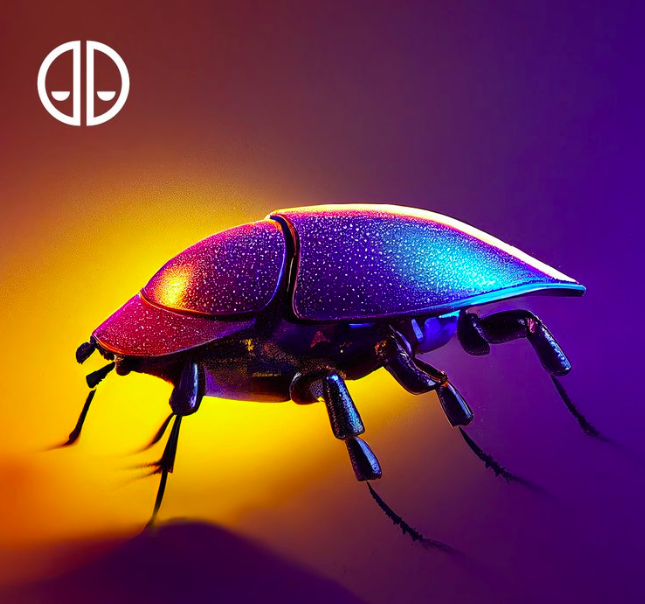
It’s 4.32am in the morning of 12 May 2026 in the town of Kaimishi in the Tohoku region of Japan. Situated on the east coast of Japan, it’s an area that’s close to the Pacific Plate, which is folding underneath the country as it moves at 93mm a year. It doesn’t sound like much, but it’s enough to mean it has suffered 28 major earthquakes in the last decade.
As the clock ticks over to 4.33am, the country’s “Earthquake Early Warning System” (EEWS) begins to record unusually high levels of activity, which is coming from out to sea. The vibrations ratchet up, accelerating past 4 on the Richter scale, and peaking at 7 a minute laters.
At 4.38am, cracks appear in the tarmac on the highways, telegraph poles waver and fall, the sea is streaming over sea deficiencies, buildings shake – the taller ones that are not reinforced and whose foundations are weak from the recent shakes of the country collapse.
The earthquake itself lasts only 11 mins, but that’s enough to cause significant damage and there was no time to enact the drills that the country has learned to employ in the case of such force majeures.
Emergency insect response
First to the site are the emergency services and rescue teams that have become ever more prepared and adept at responding to these types of events. Along with a plethora of equipment, heat sensors and heavy lifting machinery are an unusual accessory: cyborg cockroaches.
They came about because, four years earlier, researchers at the Thin-Film device laboratory at the Japanese research institute Riken, developed a flexible solar film that measured about four microns thick.
The team found that they could mount backpacks of solar cells and electronics on the cockroaches, and also control their movements.
Not only is that the 1/25 the width of a human hair, but it’s also thin enough to fit on an insect’s abdomen. Kenjiro Fukuda and his team of researchers at The Thin-Film Device Laboratory.
The team found that they could mount backpacks of solar cells and electronics on the cockroaches, and also control their movements. The solar cell generates enough power to process and send directional signals into sensory organs on the cockroaches’ back legs. These can be then directed by remote control.
The cockroaches have been chosen because of their size and because they are able to enter hazardous areas and into the kinds of inaccessible spaces that humans and robots find hard to penetrate. There’s even hope that more intricate sensors and cameras will be able to be mounted onto the bugs in the future.
The researchers are looking into other uses for the thin film could be that it is woven into clothes or in patches that adhere to skin to monitor vital signs, or the solar film could generate enough electricity to charge a mobile phone.






